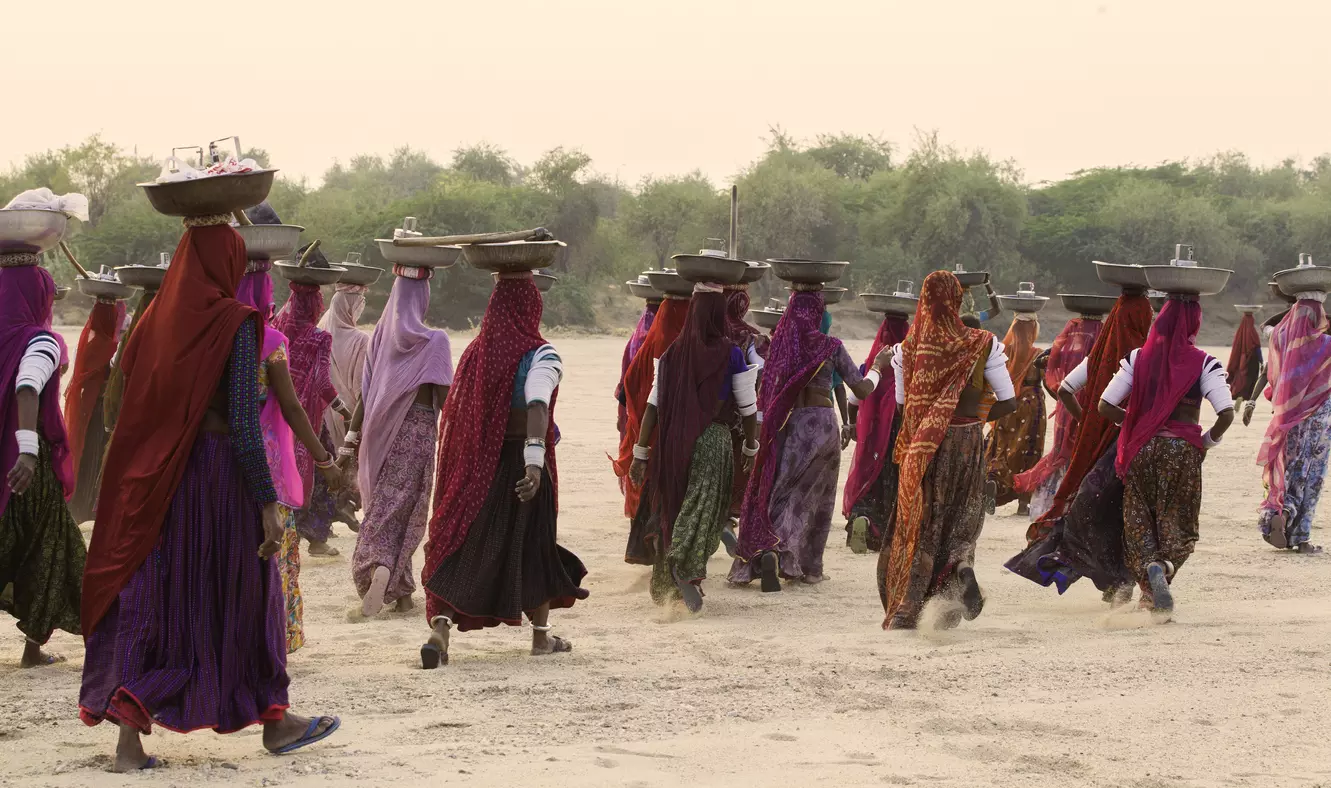
What MGNREGA and PM-KISAN need: Inclusivity, more funds, less red tape
Modi 3.0 government may hike allocations in Union Budget, but the two rural schemes sorely need a comprehensive overhaul to be effective

Despite the Union government’s proclamations of commitment to social welfare, the Mahatma Gandhi National Rural Employment Guarantee Act (MGNREGA) and the Pradhan Mantri Kisan Samman Nidhi (PM-KISAN) reveal deep systemic failures.
The MGNREGA scheme gives legal guarantee of a 100 days of wage employment in a financial year to adult members of a rural household who demand employment and are willing to do unskilled manual work. PM-KISAN offers income support of Rs 6,000 per year in three equal installments (sent directly into bank accounts) to all land-holding farmer families, with 'family' defined as a unit with a husband, wife and minor children.
The government is likely to boost allocations to these two schemes in the forthcoming Union Budget, but critics argue that pouring in more funds is not enough and that they need a comprehensive overhaul to be effective.
Increased payouts and fiscal deficit
According to media reports, the government will likely increase the annual payout to farmers under the PM-KISAN scheme from the current Rs 6,000 per family to Rs 8,000 or even Rs 9,000.
Prime Minister Narendra Modi, who assumed office in June this year for the third straight term, announced the release of the 17th installment of the PM-KISAN scheme, in which more than 9.26 crore farmers will receive benefits amounting to over Rs 20,000 crore, but this amount was overdue by six months.
For increased payouts, the government may need to manage the fiscal deficit to accommodate the increased expenditures. The fiscal deficit for FY24 (financial year 2023-24) is estimated to be 5.9 per cent of GDP, and the government aims to reduce it to 4.5 per cent of GDP by FY26. This will require careful balancing of expenditure and revenue measures to ensure fiscal prudence.
The government may also optimise existing expenditures and reduce inefficiencies to free up funds for the increased PM-KISAN payouts. This could involve streamlining administrative processes, reducing corruption, and improving the efficiency of public spending.
The actual allocation
The 2024 Interim Budget allocated Rs 86,000 crore for the MGNREGA scheme, a 43.33 per cent hike from the previous Budget allocation, though the same as the FY24 revised estimates. However, Down To Earth magazine, quoting Apurva Gupta of NREGA Sangharsh Morcha, a coalition of organisations working with rural workers, said that considering the employment trend in 2023-24, the next financial year will have almost Rs 32,000 crore in pending dues carried forward.
Considering the calculations, of the Rs 86,000 crore allotted, only Rs 54,000 crore will be available for utilisation in the current financial year, FY25.
The scheme’s allocation history, as garnered from news reports, paints a troubling picture: from Rs 73,000 crore in FY22 to a paltry Rs 60,000 crore in FY24, despite revised estimates indicating a need for significantly more funds.
The Interim Budget allocation of Rs 86,000 crore for FY25, while an apparent increase, barely scratches the surface of the real requirement, which activists estimate to be at least Rs 2.72 lakh-crore to meet the demand for 100 days of work.
Unkept promise
The scheme’s promise of 100 days of guaranteed employment is largely unmet, with the average employment per household plummeting to a mere 42 days in FY23. This stark underperformance highlights the gap between policy and practice.
Wage payment delays further compound the problem, leaving workers demoralised and undermining the scheme’s credibility. Despite legal mandates, less than 10 per cent of households achieve the promised 100 days of work.
As of the latest Budget, unpaid dues amount to over Rs 16,000 crore, clearly indicating the scheme’s precarious financial health.
PM-KISAN's exclusions
The PM-KISAN scheme, designed to provide direct financial support to small and marginal farmers, was expected to benefit over 11 crore farmers.
Its exclusion criteria, particularly its failure to include landless farmers, who are among the most vulnerable, point to a significant flaw in its design.
Estimates suggest that 2.4-5.37 crore farming households are left out, highlighting the scheme’s limited reach. Moreover, frequent changes in compliance requirements and the reliance on digital authentication have created administrative hurdles that many farmers, especially those in remote areas, struggle to overcome. This has led to delays and disruptions in payments.
A substantial increase in budgetary allocation is imperative for MGNREGA, coupled with robust mechanisms to ensure timely wage payments and reduce bureaucratic delays.
For PM-KISAN, a meaningful increase in the annual financial assistance is crucial to providing real support to small and marginal farmers. Simplifying the administrative processes and ensuring inclusive coverage are essential steps towards making the scheme effective.

